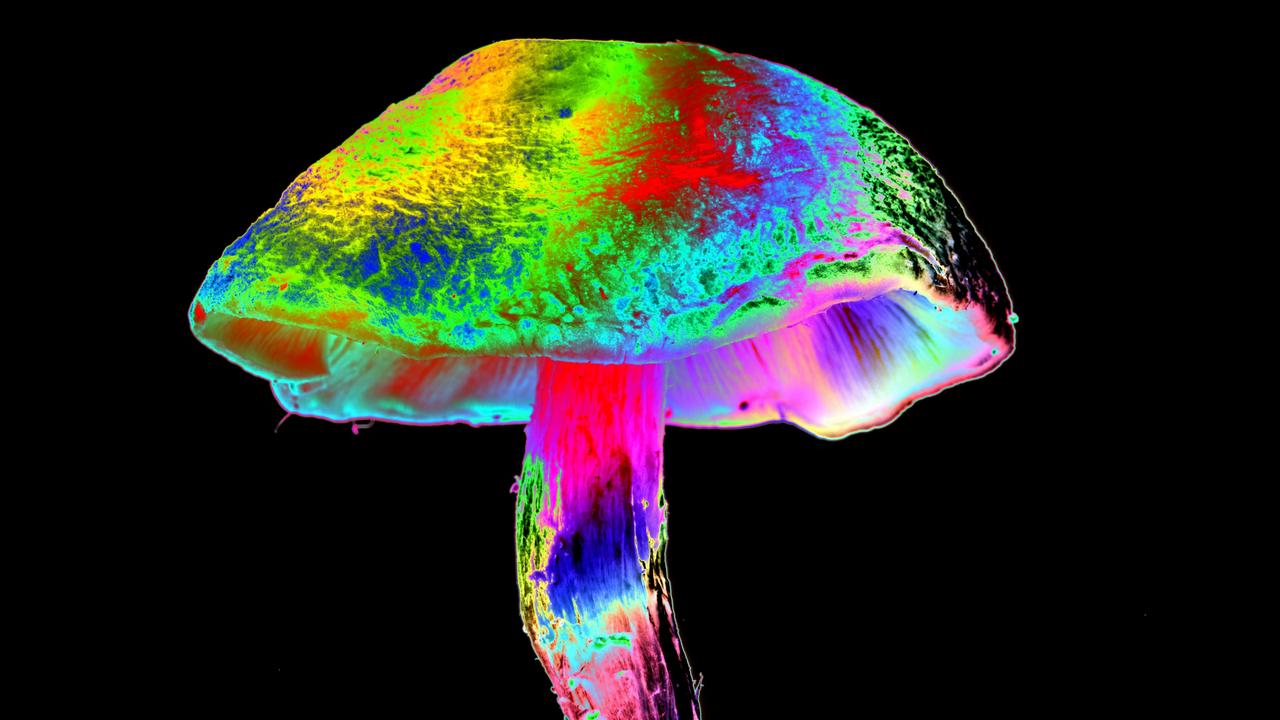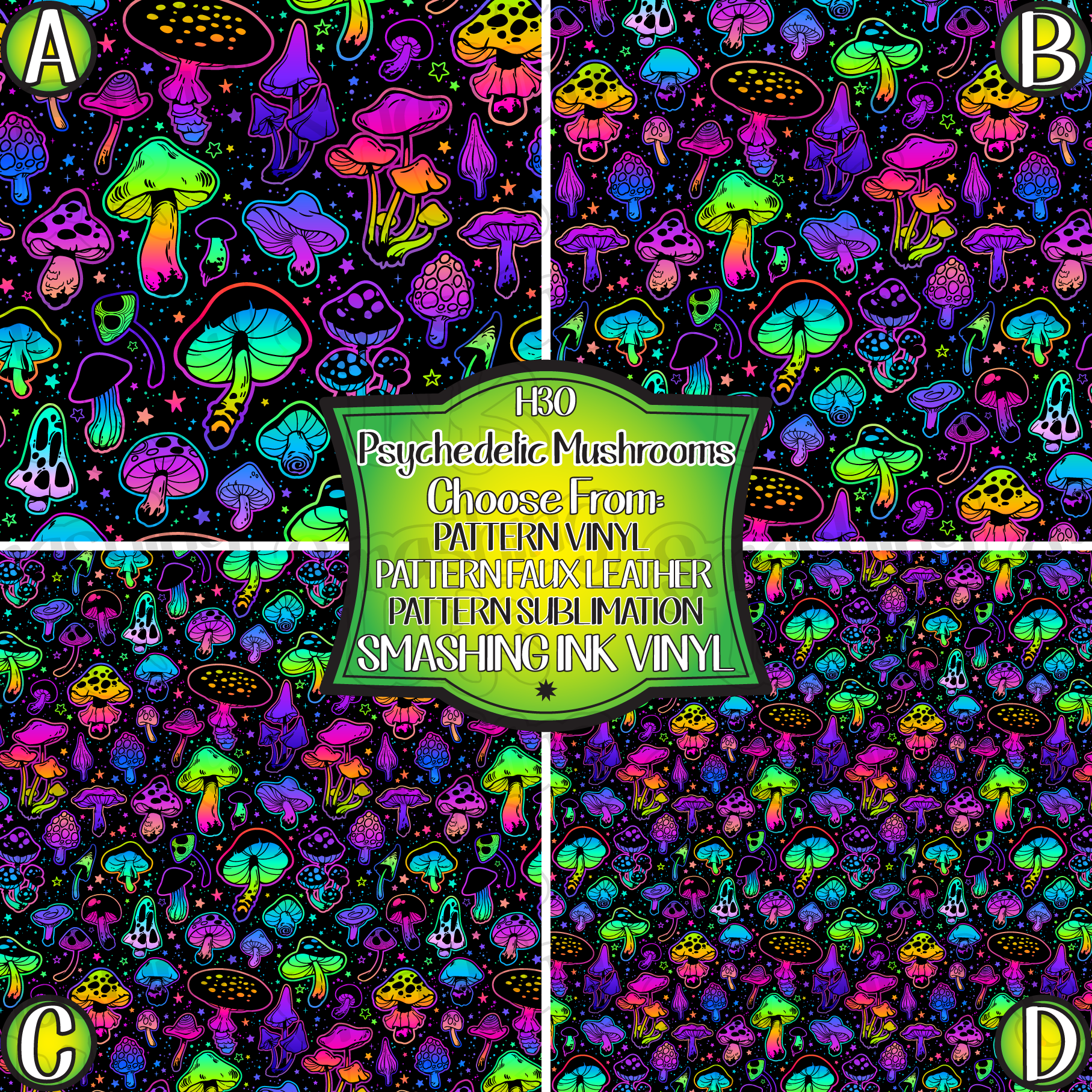Understand Why About Golden Psycho Is So Highly Rated.
Understand Why About Golden Psycho Is So Highly Rated.
Blog Article
All Regarding Psychotomimetic Substances: Their Role in Psychological Research
Psychotomimetic substances, such as LSD and psilocybin, have gathered raising interest in mental study for their ability to replicate psychotic signs and symptoms and provide insight into various mental wellness problems. Their communications within the mind, particularly via serotonin and dopamine paths, suggest a facility partnership in between awareness and neurobiology that may open novel restorative methods. As researchers proceed to explore their potential applications, moral considerations bordering their use in medical setups come to be paramount, elevating vital inquiries concerning safety and informed permission that necessitate more expedition.
Interpretation of Psychotomimetic Substances
In the realm of mental research study, psychotomimetic compounds are substances that can generate results looking like those of psychosis, such as hallucinations, deceptions, and transformed assumptions of fact - About Golden Psycho. These substances can be categorized right into numerous classifications, consisting of hallucinogens, dissociatives, and particular stimulants, each generating distinct mental impacts
The medicinal action of psychotomimetic substances often involves modulation of natural chemical systems, specifically those associated to serotonin, dopamine, and glutamate. For example, compounds like lysergic acid diethylamide (LSD) mostly act on serotonin receptors, resulting in extensive alterations in sensory perception and cognition.
The utility of psychotomimetics in research study depends on their capacity to resemble psychotic symptoms, providing a model for comprehending the hidden mechanisms of psychotic problems such as schizophrenia. By examining the impacts of these substances, scientists can gain insights into the neurobiological and emotional processes that add to psychosis.
In addition, psychotomimetic substances have actually been discovered for their restorative possibility in dealing with numerous mental health problems, consisting of anxiety and anxiousness, highlighting their twin duty in both research study and possible clinical applications.
Historic Advancement and Context
The exploration of psychotomimetic substances has a rich historic context that goes back to old worlds, where compounds such as psilocybin mushrooms and peyote were utilized in spiritual and recovery practices. These early uses usually intertwined with religious rituals, suggesting a profound respect for the transformed states of consciousness caused by these substances.
The mid-20th century marked a considerable transition in the research study of psychotomimetic materials, especially with the synthesis of LSD by Albert Hofmann in 1938. The subsequent popularization of LSD in the 1960s militarized a wave of passion in both its mental results and possible therapeutic applications. Scientists began to examine just how these substances might resemble psychotic states, providing understandings right into mental disease.
Nonetheless, the enhancing association of psychotomimetics with counterculture movements resulted in governing reaction, culminating in the criminalization of most of these substances. Regardless of these challenges, the resurgence of rate of interest in the therapeutic possibility of psychedelics in the 21st century has actually motivated renewed study. This historic trajectory underscores the advancing understanding of psychotomimetic substances, transforming from sacred substances to subjects of clinical query and, possibly, healing pledge.
Systems of Action
Comprehending the systems of action of psychotomimetic compounds discloses the intricate ways these materials connect with the brain's neurochemistry. These substances mainly exert their effects through inflection of natural chemical systems, specifically serotonin, dopamine, and glutamate.
Along with serotonin, dopaminergic pathways are significantly affected by substances like mescaline and specific cannabinoids, which can bring about transformed states of consciousness and modifications in state of mind and motivation. The NMDA receptor incongruity observed with compounds like ketamine highlights one more path via which psychotomimetics may generate dissociative states and extensive changes in assumed procedures.
The neurochemical waterfalls launched by these interactions lead to facility and diverse emotional effects. Comprehending these systems is important for both the advancement of emotional research and the therapeutic possibility of psychotomimetic compounds, as they offer insights right into the underlying neural correlates of modified states of consciousness.
Current Research Study and Applications
Current examinations right into psychotomimetic compounds have revealed a rebirth of interest in their restorative applications, especially in the areas of psychiatry and psychology. Researchers have actually begun checking out substances such as psilocybin, LSD, and ayahuasca for their prospective to reduce signs associated with different psychological health problems, consisting of anxiety, anxiousness, and i thought about this PTSD.
Scientific trials have actually demonstrated that, when provided in controlled settings, these compounds can facilitate profound mental experiences, advertising psychological advancements and enhanced therapeutic end results. As an example, researches have revealed that psilocybin-assisted treatment can bring about substantial reductions in treatment-resistant anxiety, with impacts lasting for a number of months post-treatment.
In addition, psychotomimetic substances useful source are being assessed for their capacity to foster neuroplasticity, possibly permitting even more efficient rewiring of maladaptive thought patterns. These searchings for suggest that such compounds might function as adjuncts to traditional psychotherapeutic approaches, boosting the effectiveness of restorative treatments.
As research progresses, the focus is changing in the direction of recognizing the optimal does, healing setups, and participant attributes that can optimize the advantages of these substances. This blossoming area holds assurance for reinventing mental health and wellness treatment paradigms and attending to the restrictions of traditional psychiatric drugs.
Honest Factors To Consider in Study

Navigating the honest landscape of research study entailing psychotomimetic compounds is critical to ensuring individual security and the stability of research study outcomes. Scientists need to prioritize educated consent, guaranteeing that individuals completely comprehend the prospective threats and advantages connected with the compounds being examined. This consists of supplying detailed details about feasible psychological impacts, including severe and long-term effects, and enabling individuals the opportunity to withdraw from the research any time without fine.
IRBs evaluate study procedures to guard individual well-being and maintain moral criteria. Additionally, the capacity for coercion have to be meticulously assessed, specifically when vulnerable populations are involved.
Confidentiality is an additional critical consideration. Scientists have to carry out robust steps to protect participants' identities and data, specifically offered the sensitive nature of experiences associated with psychotomimetic compounds (About Golden Psycho). Eventually, a commitment to ethical techniques not just fosters trust in between researchers and participants but also boosts the credibility and legitimacy of the research study outcomes, adding to the advancement of emotional knowledge

Final Thought
In conclusion, psychotomimetic substances, especially timeless psychedelics such as LSD and psilocybin, offer significant insights right into psychological conditions through their one-of-a-kind devices of action. Their restorative potential in dealing with problems like anxiety and PTSD underscores the significance link of ongoing research in this area. Nevertheless, making sure ethical standards in research practices is essential for participant security and notified consent, enabling for a responsible expedition of these substances' benefits and effects within psychological scientific research.
Report this page